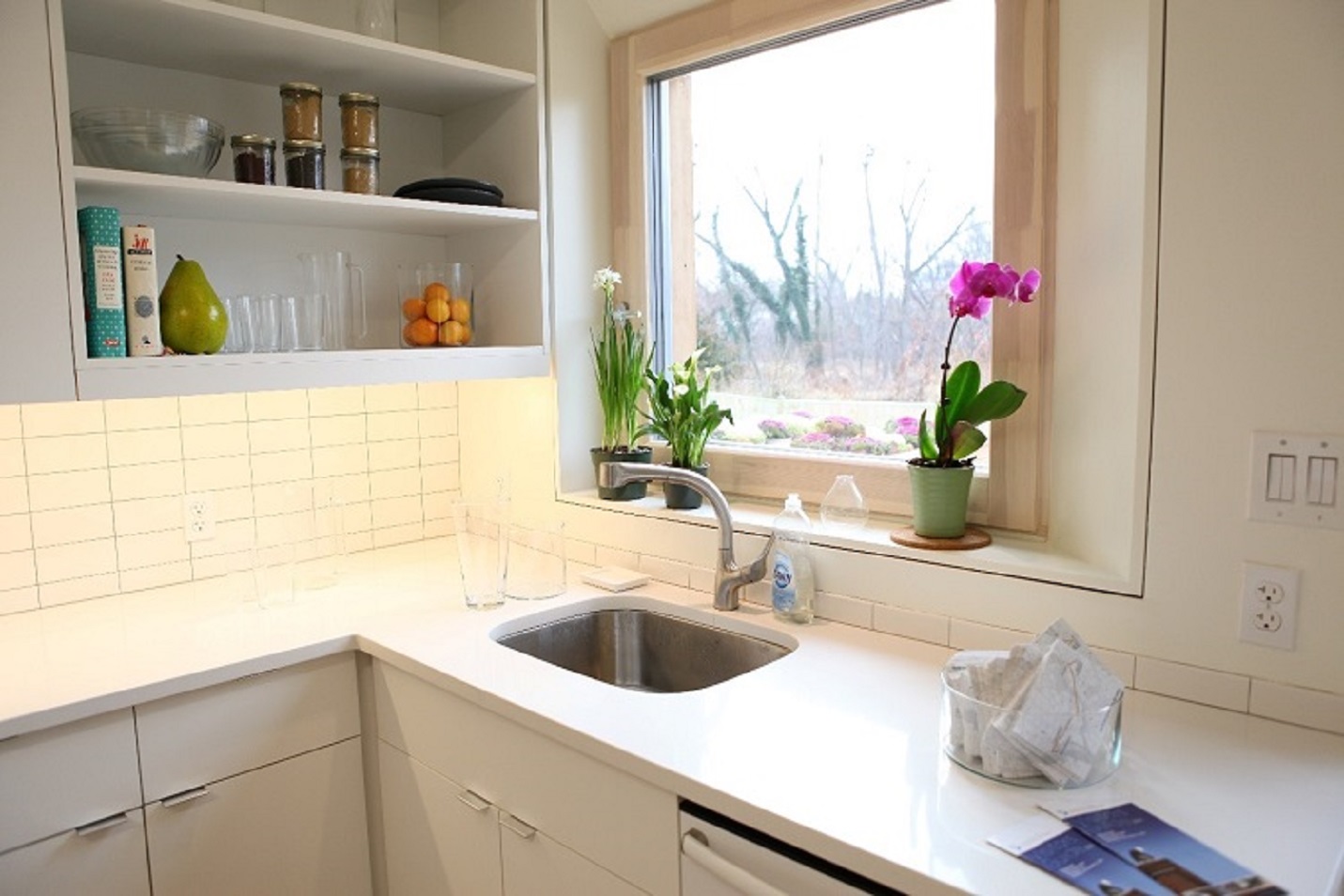Effective Ways to Clean and Disinfect your Stainless-Steel Kitchen Sink

Kitchen sinks are one of the most used areas in a kitchen. From storing our piles of dirty dishes to gulping down the leftovers while standing over it, the kitchen sink pulls its weight quite silently. Despite being the center point of the kitchen, homeowners often neglect its deep cleaning. Surprisingly, according to NSF International , kitchen sinks are covered in more germs than a toilet! Germs need a wet and moist environment to breed, making kitchen sinks the hot bed of germs like coliform bacteria and yeast or mold.
Your kitchen sink needs regular cleaning to stay germ free and pristine. Here’s how you can keep it sparkling clean and sanitized:
Scrub them every day: Scrub your stainless-steel sink with soap and rinse it with warm water to get rid of food stains, grease, water spots and rust. Make sure you do not miss the sides and corners of the sink to dislodge the germs lurking in hidden areas.
Stubborn Stains: For those hard to remove stubborn stains, use a combination of baking powder and lemon. Clean the empty sink thoroughly with hot water then sprinkle a thin layer of baking powder all over the sink, including the sides. Rub the sink using a wet sponge in the direction of stainless-steel grain to remove the stuck-on grime. The water and the baking soda will form a paste and coat the sink. Now, cut a lemon into two halves and squeeze into the baking soda coated sink, again rubbing with the wet sponge. The high acidity of the lemon juice would kill the bacteria and leave the sink smelling fresh. Rinse the sink. You can throw the leftover lemon in your garbage disposal to keep it fresh as well.

For Water Spots: To get rid of those pesky water spots that make your otherwise clean kitchen sink look dirty, spray some vinegar all over the sink. Let it stay for 5 minutes and then sprinkle some baking soda into the sink. It will fizz a little. Scrub the water spots with a sponge and rinse with hot water. Your sink will be sparkling clean.
If there is major buildup around the handles or faucets, cover that area with a damp cloth and pour some vinegar on it. Let it sit for 15-20 minutes to help break down the buildup. Remove the cloth and rinse that area. Repeat the process to remove all the accumulated residue.
For sanitizing your sink: Using bleach to get rid of unwanted bacteria is an effective and quick fix. Plug the sink drain and fill it with warm water. Pour 1 tablespoon of bleach into the warm water and let it sit for 5 minutes. Dip a sponge into the bleach water and use it to clean the faucets and handles. Drain the water and rinse the sink, handles and the faucets with water to remove the bleach. Your sink will be clean and germ free. Do not forget to wash your hand afterwards or wear protective gloves while cleaning.
For cleaning the gunk out of the drain: Pour half a cup of baking soda followed by half a cup of distilled white vinegar down the drain. Let it sit for 15-20 minutes to allow baking soda and vinegar to react and turn into a foamy mixture. This reaction will act on the slime in the drain and break it down. Rinse the drain with hot water. Do not use boiling water if the pipes are of plastic to avoid damage.
After 10 minutes, pour a cup of bleach down the drain to kill the remaining bacteria and to eliminate any foul smell. Wait an additional 10 minutes after adding the bleach before rinsing. Your sink is ready to use.
Bottom Line:
You can boast of a spotless and glistening sink if your regularly follow these cleaning and disinfecting tips. Frequent clean up sessions will also help prevent buildup of stubborn stains and residues, making your cleaning task less exhausting.

